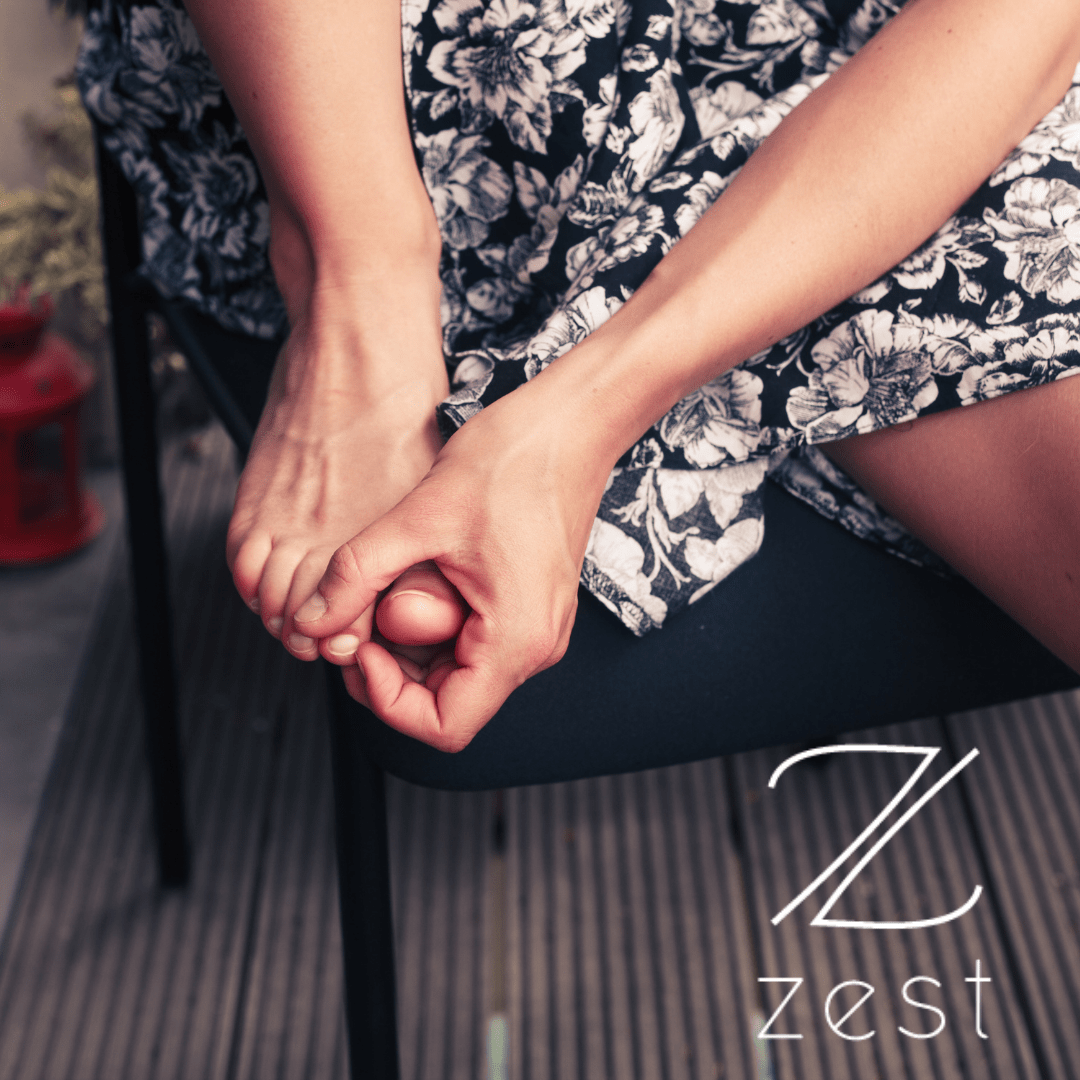Nail picking and biting
Nail picking and biting disorders are known clinically as onychotillomania and onychophagia.
Biting of the nail includes the nail plate, soft tissues of the nail bed and the cuticle. Picking can include manipulation and picking of the same nail areas as biting.
Picking and biting at uneven nails isn’t normally a cause for concern, but constantly picking at your nails could indicate underlying stress or an anxiety disorder.
Why do we pick and bite our nails?
We may pick and bite our nails out of habit unknowingly or it may when we are stressed or nervous.
It is common in children (45% of teens) and these behaviors can extend to adulthood (20-30%).
Podiatrists the toenail experts
Nail picking and biting of toenails can lead to painful, infected and ingrown nails. This can be mild where someone has “had a go” at cutting an ingrown nail out or it can be severe with continual picking or biting of the nails.
Sore toe nails are a very common thing for podiatrists to see and treat, we are able to manage most nail conditions of the feet and often can advise on the hands.
Physical problems
Physical problems from long term picking and biting include:
- Damaged, deformed nail beds of fingers and toes
- Sore fingers and toes leading to surgery (toenail surgery)
- Stomach infections resulting from the swallowing the bitten nails
- Fungal infections of the nail plate (onychomycosis) and surrounding skin (paronychia)
- Teeth root resorption
- Alveolar destruction
- Intestinal parasitic infections
- Temporomandibular joint pain and dysfunction.
Chronic nail picking and biting
You may be at risk of other types of body-focused repetitive behaviors if you picking and biting is chronic, such as:
- cheek biting
- hair pulling (trichotillomania)
- skin picking disorder (excoriation)
- teeth clenching or grinding (bruxism)
Nail biting and other disorders
Onychophagia is associated with a variety of psychiatric disorders, including:
- Obsessive–compulsive disorder (OCD)
- Attentional deficit hyperactivity disorder (ADHD)
- Oppositional defiant disorder (ODD)
- Separation anxiety disorder
- Tourette syndrome.
Treatment for nail picking and biting
Treatment depends on the severity of the disorder. No treatment may be necessary if mild as children can often outgrow the habit.
Things to try:
- Busy hands – Keeping your hands busy by squeezing a soft ball or putting on gloves
- Identify triggers – try to avoid triggers of when & where you most commonly pick your skin
- Resist – try to resist for longer each time you feel the urge to pick
- Caring – when you get the urge to pick your skin, care for ir by applying moisturiser
- Telling other people – they can help you recognise when you’re picking
- Clean – keep your skin clean to avoid infection
- Minimise temptation – keeping the nails short & neatly trimmed, manicured, or covered
- Bitter-tasting compounds – the use is controversial and not very effective.
Long term help:
- Behaviour modification treatment can be effective.
- Any underlying mental health problem or psychiatric disorder should also be managed.
References


